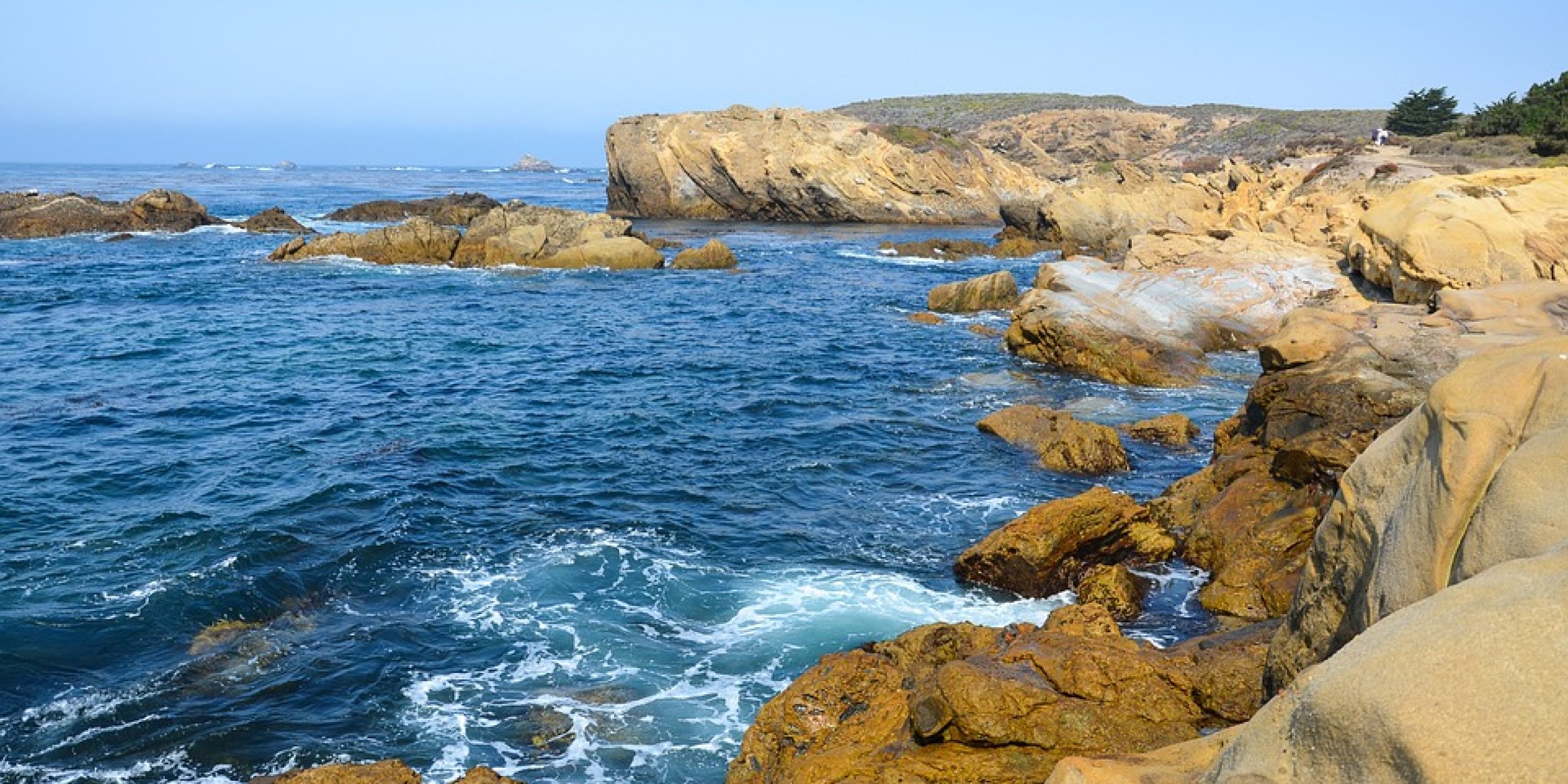An unprecedented heat wave caused serious ecological impacts in marine environments on the US West Coast from 2014 to 2016, but the drivers of this heat wave have not been fully characterized. A new study, published in JGR Oceans, uses outputs from the Regional Ocean Modeling System to assess the influence of El Niño Southern Oscillation (ENSO) along with long oceanic waves propagating along the continental slope from Mexico to the United States on warming during the 2014-2016 period. Researchers from NOAA’s Coast Survey Development Laboratory, Scripps Institution of Oceanography, and Oregon State University provide evidence that ENSO is responsible for warm temperature anomalies that are carried northward by coastal waves, impeding upwelling and biological productivity. The results also show that biological impacts are a result of ENSO-driven ocean currents, despite regional winds being favorable to upwelling. This study, partially supported by the Climate Program Office’s Climate Observations and Monitoring (COM) Program, helps to answer key questions about regional ocean variability and emphasizes the importance of ocean circulation models to represent a wide spectrum of time scales and regions at a high resolution. This work contributes to a COM initiative to advance the understanding of large-scale features and variability of the ocean climate system, and contribute to better understanding the important two-way relationship between the world’s oceans and climate.




Climate Program Office
Advancing scientific understanding of climate, improving society’s ability to plan and respond






Climate Program Office
Advancing scientific understanding of climate, improving society’s ability to plan and respond
Scroll to Top

